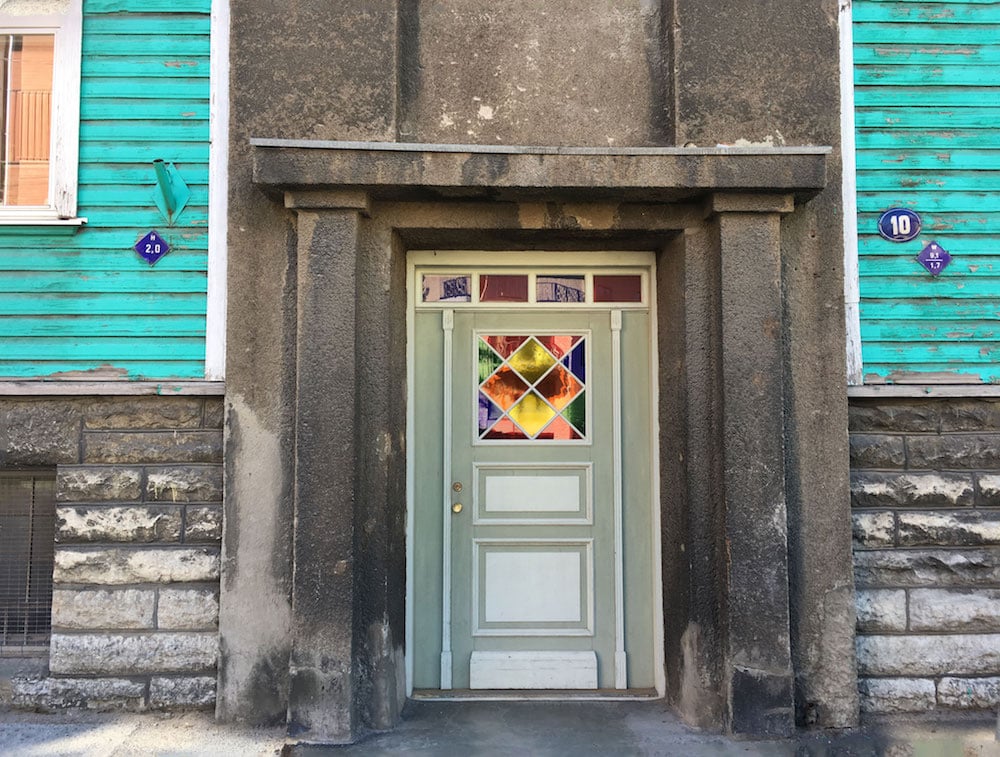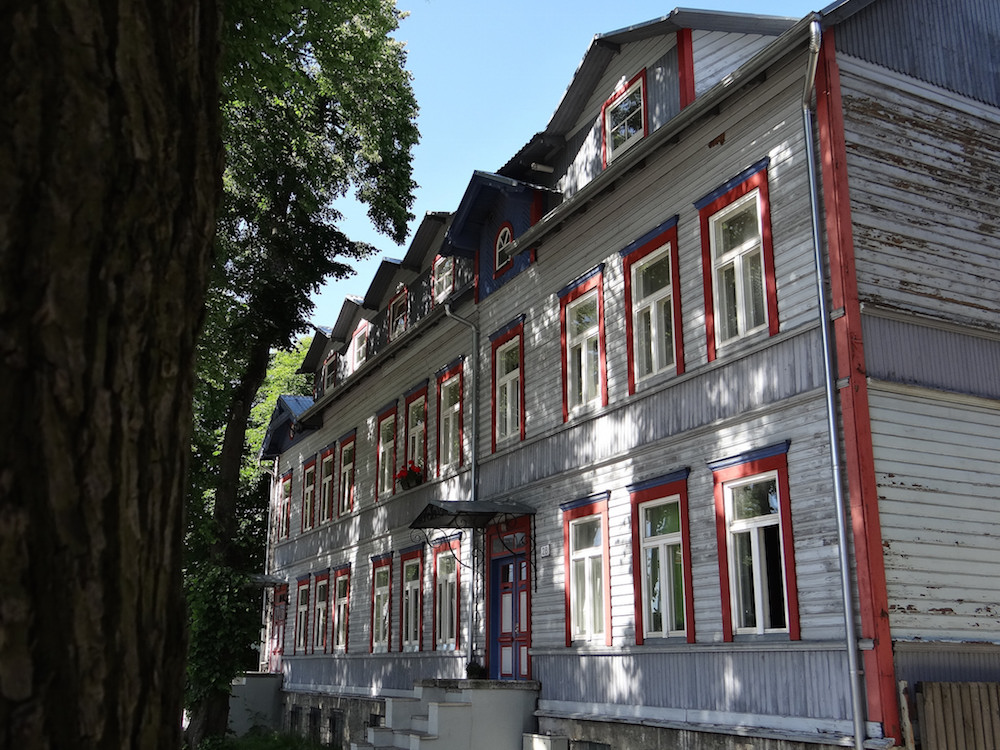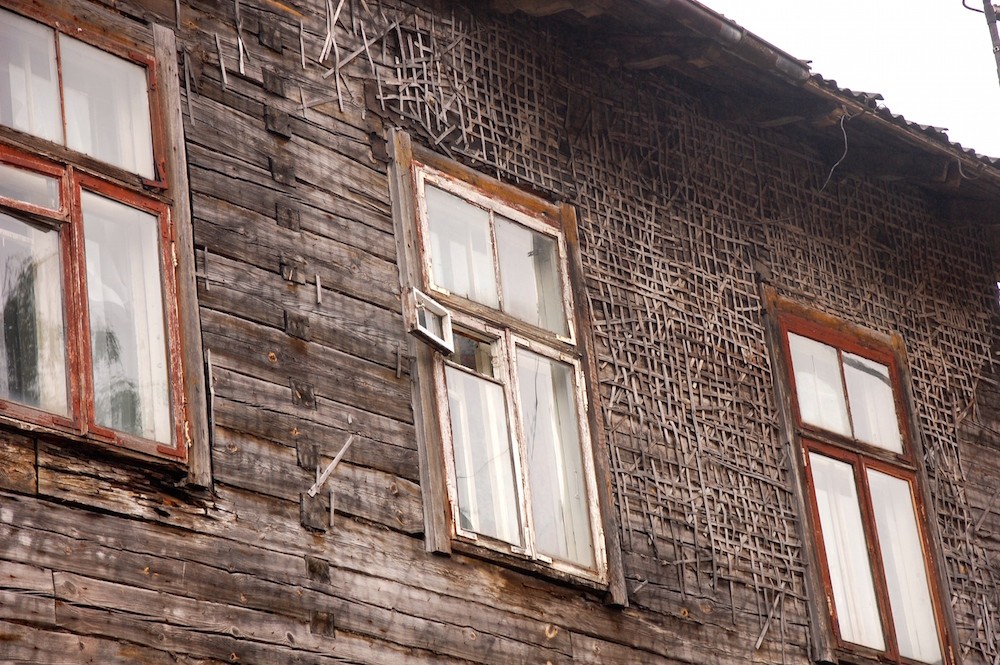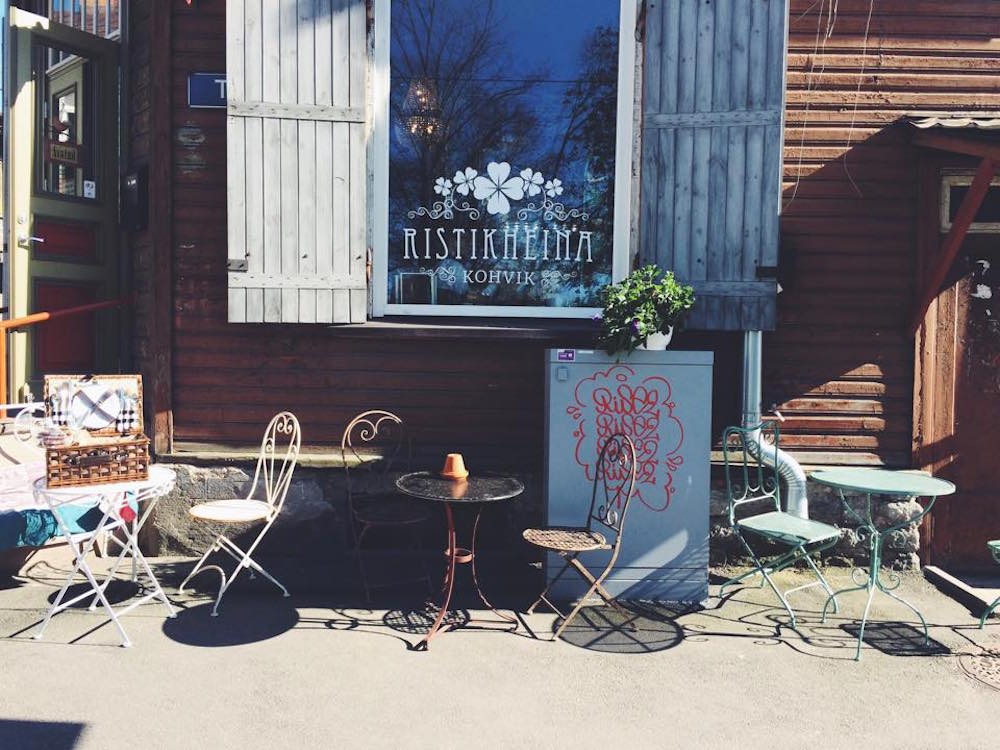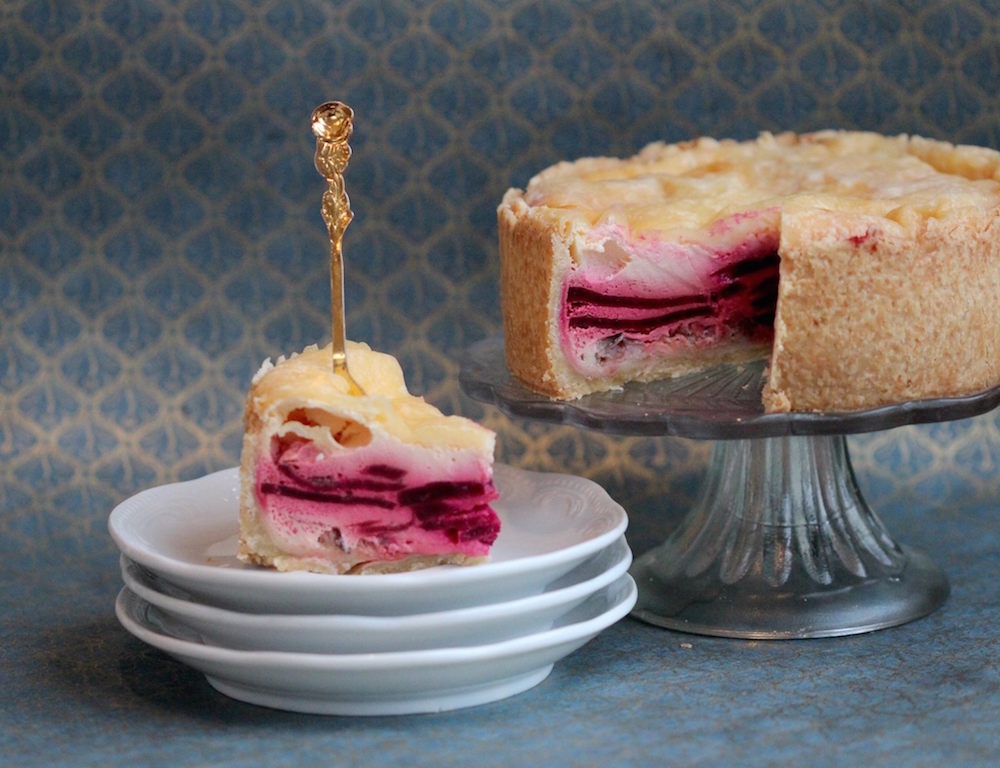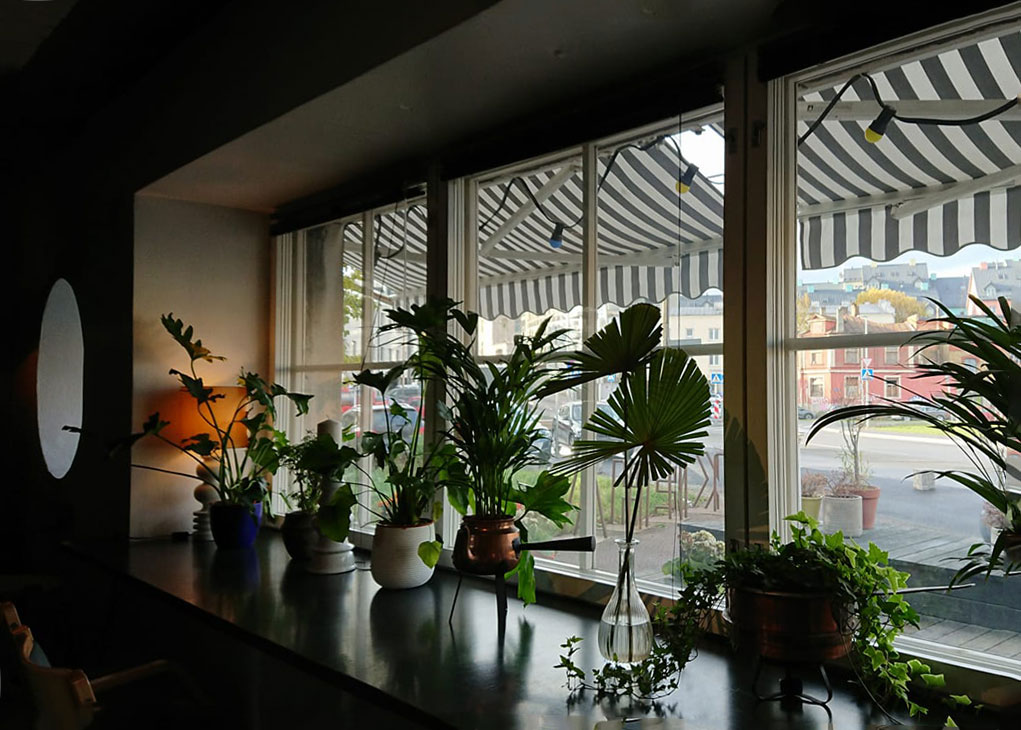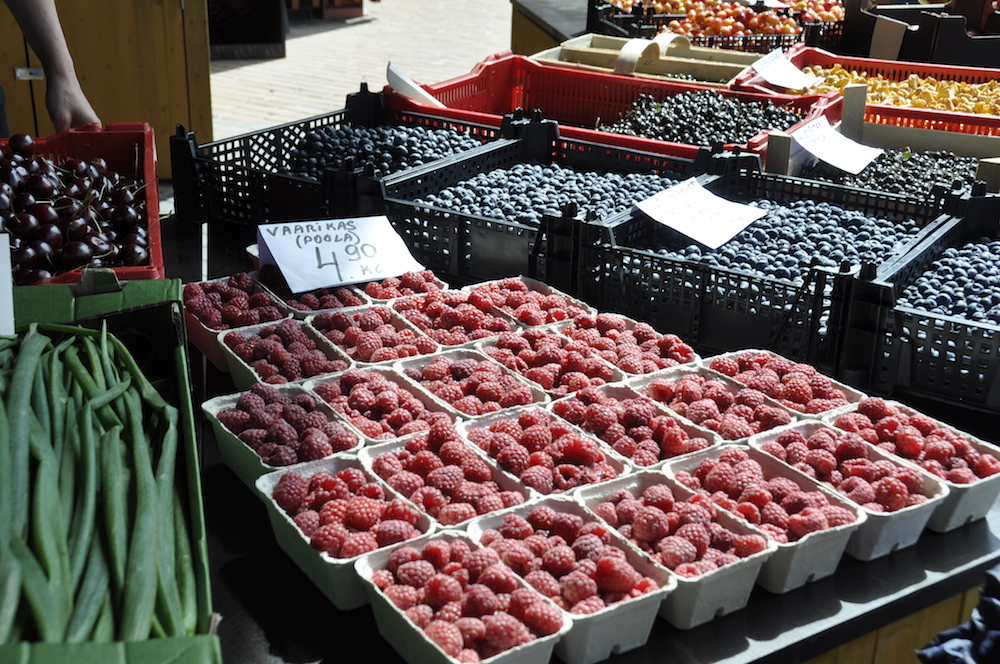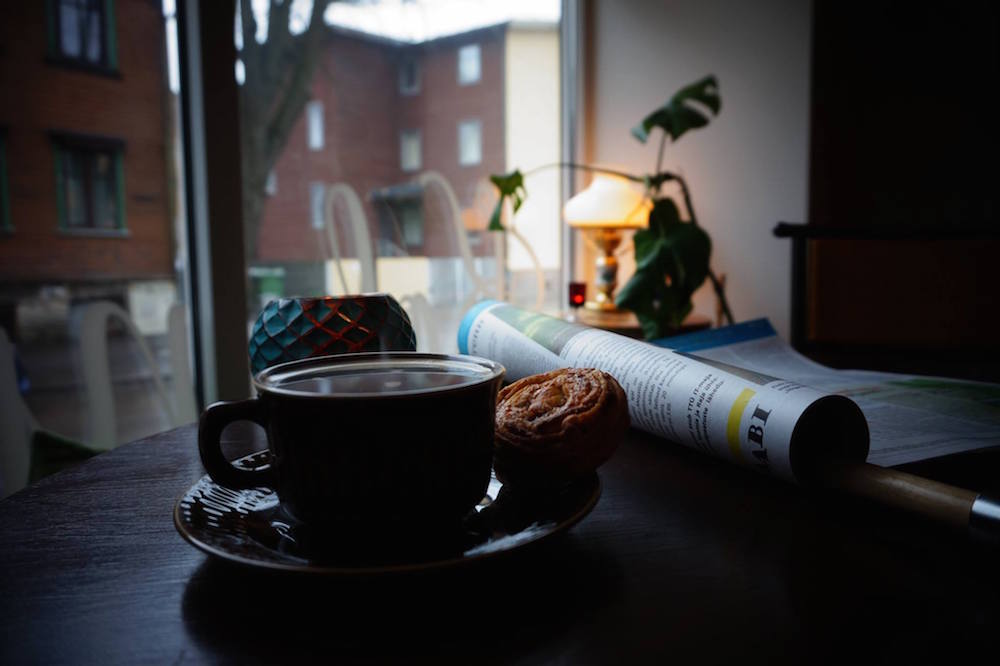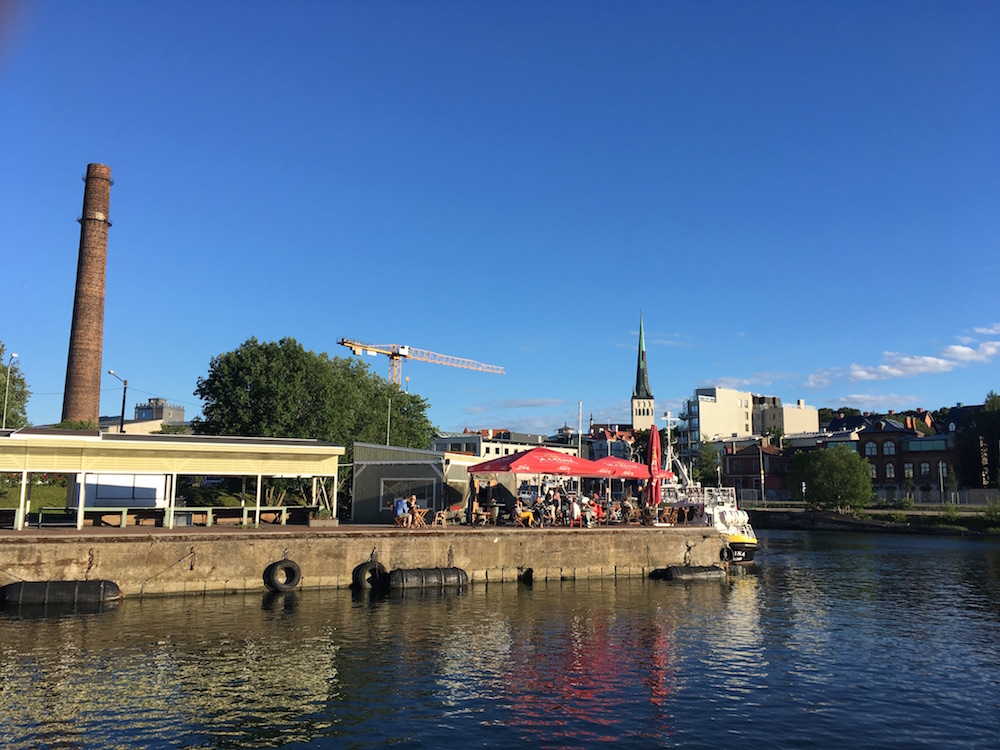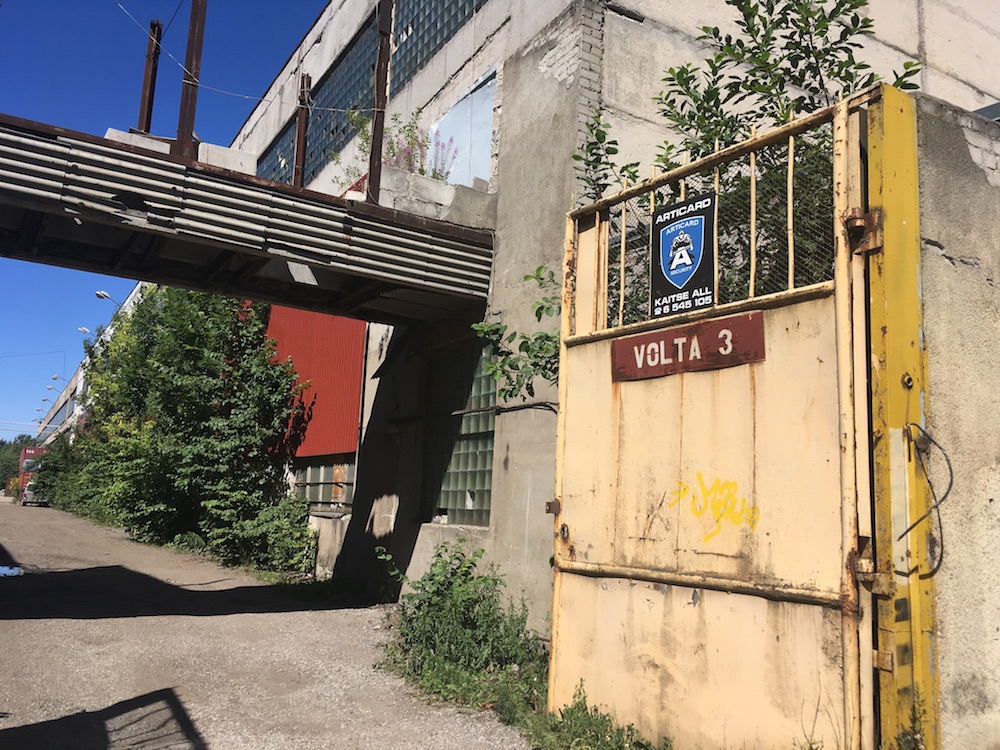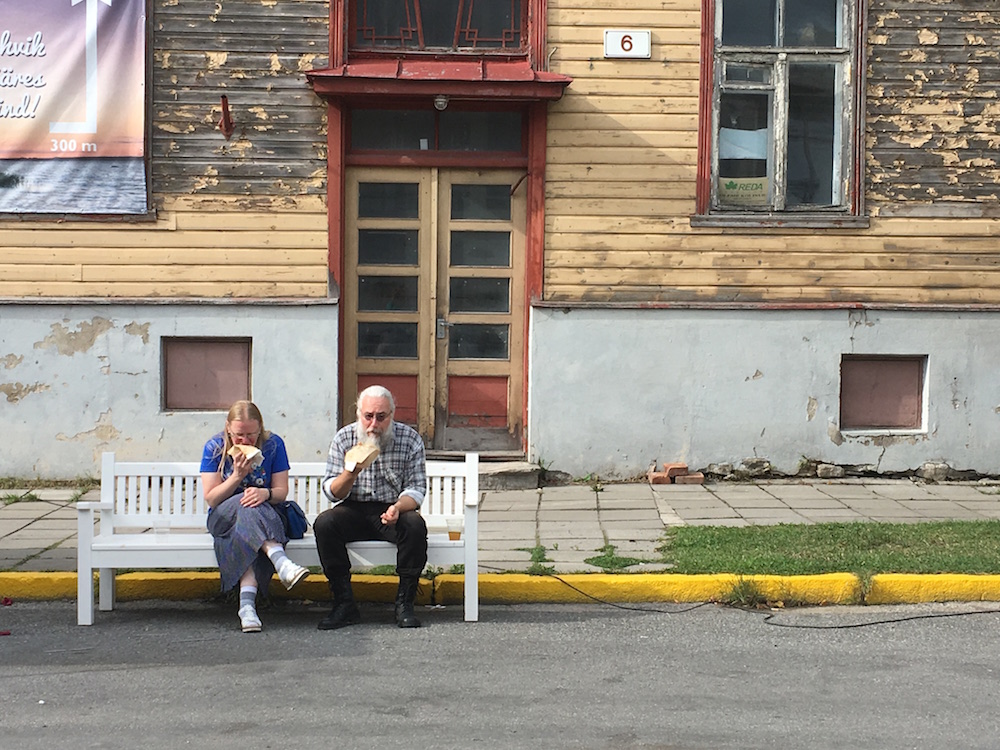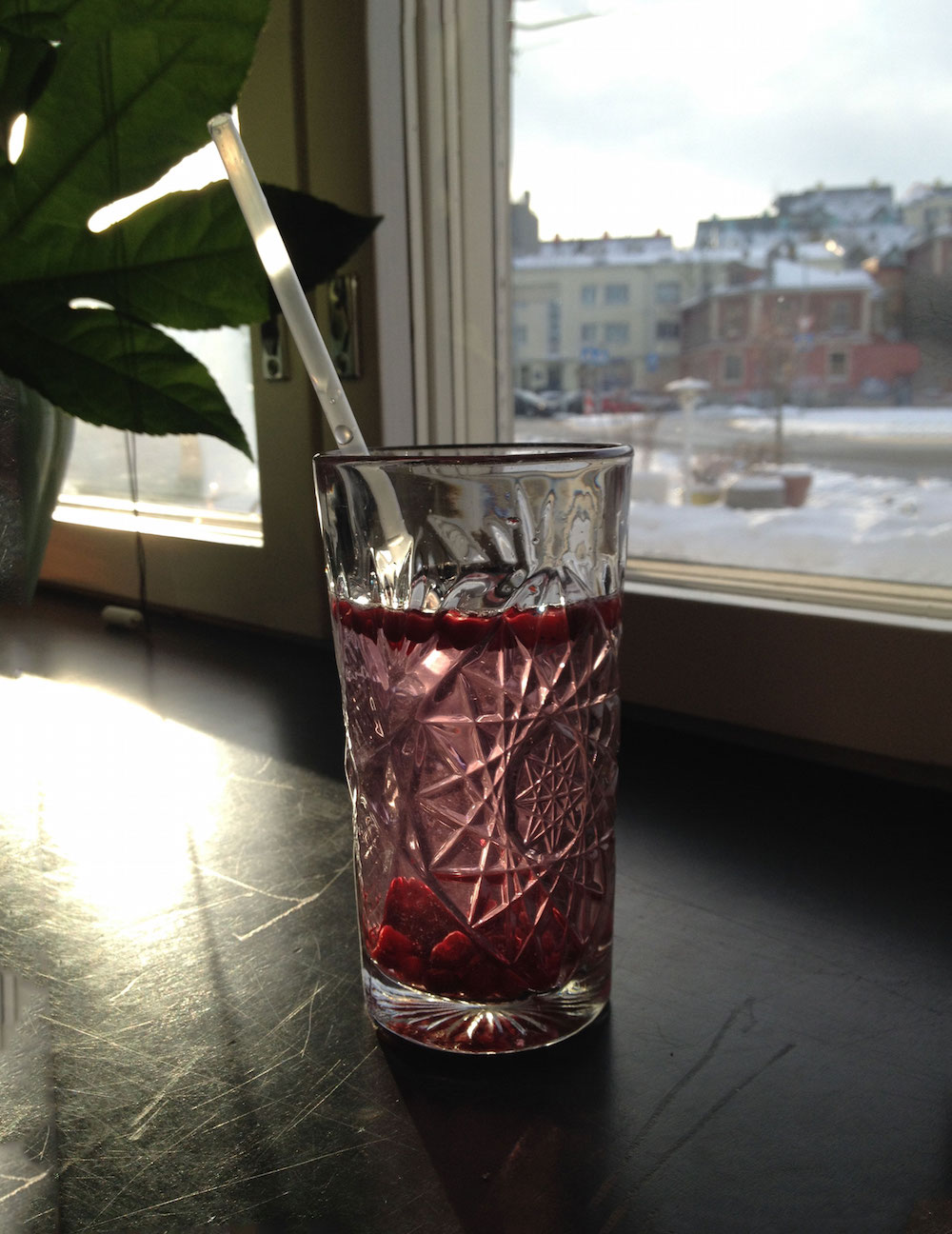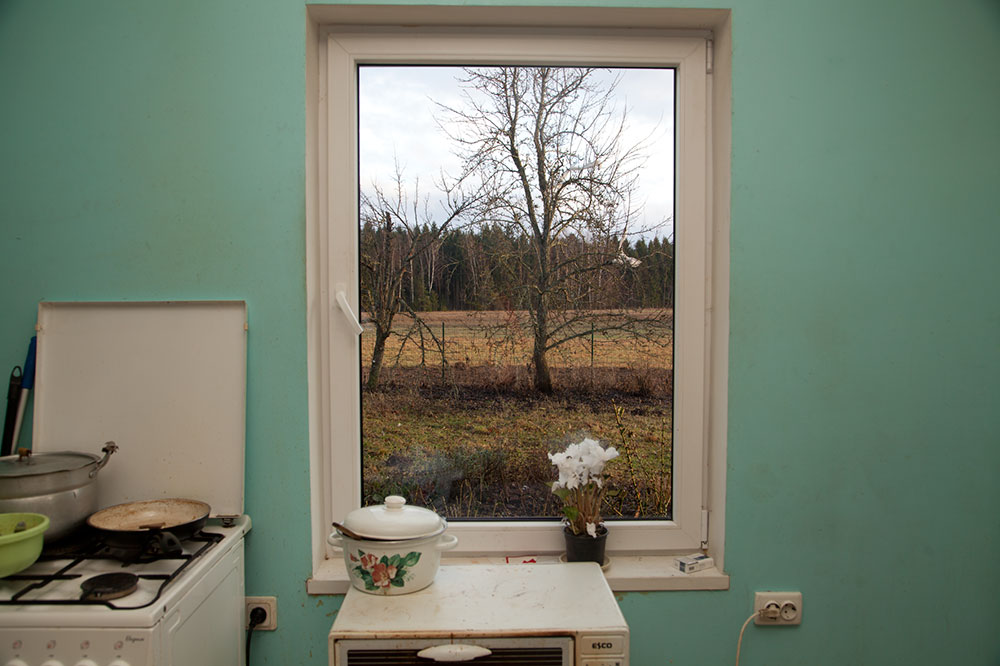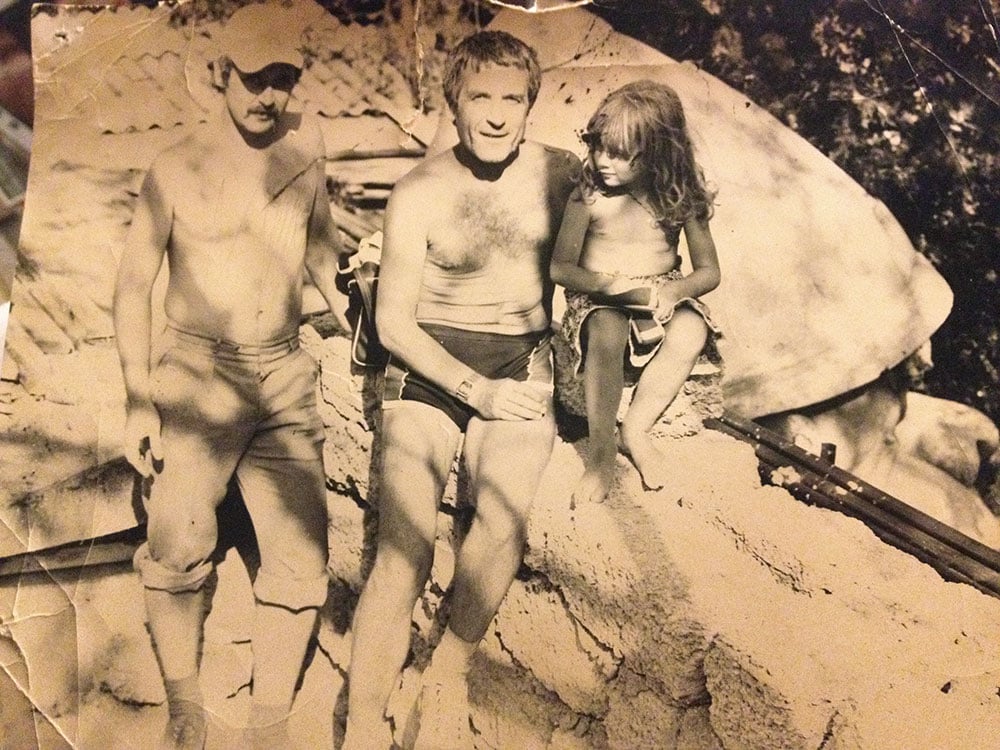Estonian food trail: a local’s guide to Tallinn’s charming Kalamaja district
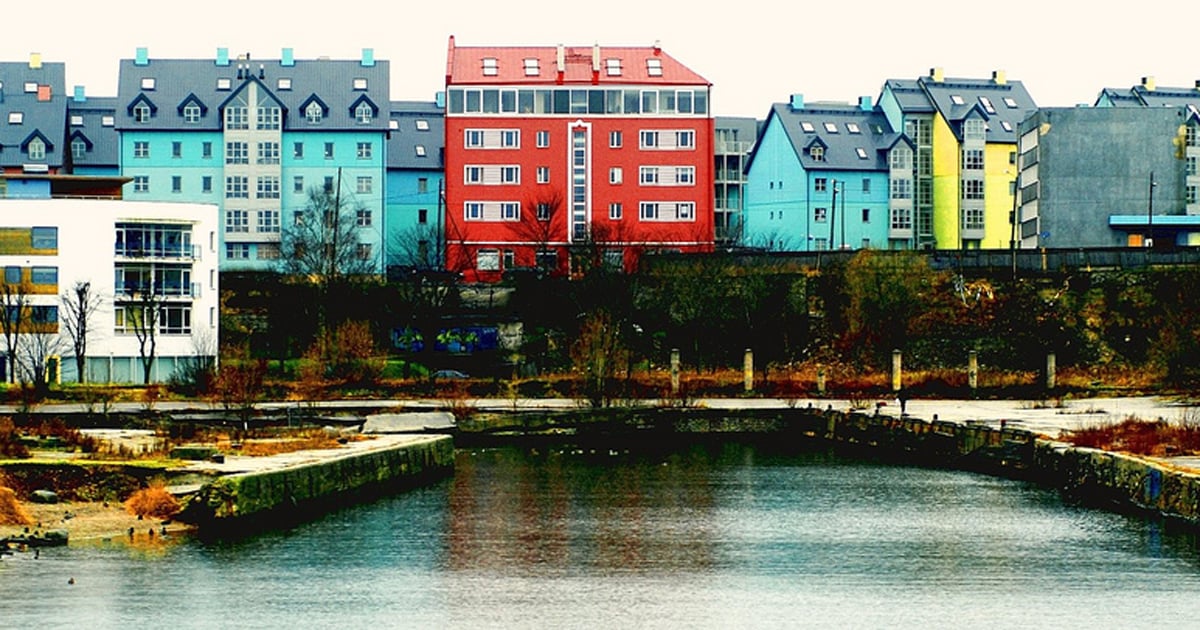
With its wooden facades and stylish design shops, the former fishermen’s district Kalamaja is now Tallinn’s trendiest neighbourhood. The best way to experience it is through its breadcrumb trail of bakeries, cafés and food markets, so join Kalamaja native Katrina Kollegaeva on a nostalgic stroll through the area’s history
“One black bread and one white bulka” — I’d hear this request from my mum almost daily as a child. She’d squish a few kopecks into my fist and send me downstairs to the bread shop, still in my slippers. Unusually for Soviet dwellings, our house — one of 500 so-called “Tallinn houses” built in the district of Kalamaja during Estonia’s brief stint of independence in the 1920s and 30s — had a bakery in the basement where residents would get the message that new bread was ready by the waft of the freshly baked crust. Our wooden three-floor house with a stone staircase and only 16 flats had no central heating or shower, but a courtyard full of gooseberry trees and plenty of gossip.
Kalamaja, which translates to “fish house”, is Tallinn’s answer to London’s Shoreditch — or that’s how I usually describe the area to those visiting Estonia (and there were three times as many visitors as residents in 2016). Tallinn, with its cute-as-a-button Old Town was a tourist haunt long before Ryanair stag parties first arrived there. Situated a 20-minute stroll from the Old Town, Kalamaja was thought of as a bit rough until not long ago though. Historically an industrial part of the city, the neighbourhood started to develop in the 19th century thanks to the Russian tsar’s plan to build a rail network to St Petersburg. The workers needed to be housed nearby. Most buildings around Kalamaja are wooden constructions of two-three floors, originally with only cold running water and stoves for heating. During the Soviet era, modern blocks of flats began to rise up in other parts of Tallinn, so growing up I mainly recall somewhat pitying eye-rolling when I mentioned my address.
The disctrict has transformed over the last decade. A whirlpool of change first started with creatives attracted to the area by the cheap accommodation. Gentrification followed when basements and disused factories were converted into cash and energy-generating places. Most of the “Tallinn houses” are now nicely scrubbed up, with hot water and 4G flowing freely. My little bread store is once again a bakery but with tables to enjoy brownies and brunches. Having coffee with foamed milk where I would once get sweets made out of the chocolate substitute ‘Kama’ (which I still love to this day), is like encountering your first love from high school years later — a mixture of glee at how they’ve turned out and melancholia at the loss of the “good old days”.
Kalamaja, which translates to “fish house”, is Tallinn’s answer to London’s Shoreditch
My late parents — a Russian dad from Crimea and a mum from southern Ukraine — came to Estonia in the late 60s, swapping their co-operative flat for one “without comforts” in Tallinn, drawn by the city’s Western-like allure (Helsinki is only 80 kms away) and its little cafes. Mum loved buns with tvorog (sweet curd cheese), which she always called “featherlike”. These days you can get very special cheesecakes in Ristikheina cafe at the farmers’ market by the Baltijaam (Baltic) train station, at the entrance to Kalamaja. Until last year the area was a hot spot for kiosks selling cheap chebureki cheese pies, but the market has been now transformed into a Borough Market-esque experience covered with a standout wooden roof, with jars and babushkas alike properly gentrified and branded.
I remember all the times I would walk from Baltijaam to our flat squeezing my dad’s palm. We’d skip past the little Lembitu cinema where my bum would be worn into a square on hard wooden chairs during the screening of E.T.. Now the building is tall and covered in glass, consisting of flats and an Estonian design shop. We’d continue strolling past the rows of wooden Tallinn houses towards the local public sauna Kalma, where every Thursday we’d have our banya day. Built in 1928, and one of the oldest saunas in the city, this historic stand-alone art deco building appears in stark contrast to the humble wooden houses that surround it: all stern grey stone the outside, while on the inside the benches for washing have a gilded Stalinist appearance. I always hated the visits as a kid; the only saving grace was mum issuing lemon flavoured Buratino Soviet soft drink as a treat afterwards. The sauna is still here, though smartened up and partitioned to create a private section — back in perestroika there was no such thing as privacy.
Soon we’d reach dad’s office: he was an engineer and ProdMonTaz was then a hotchpotch of cheap walls and outdoor metal staircases, now erased to make space for lovely ergonomic flats. On the other side there was a tiny library that’s recently been turned into Koloniaal cafe, with retro chic interiors and bread baked on the premises. Kalamaja residents joke these days that a new cafe opens every month. I often think how mum would have been so happy cafe-crawling from one bulochka sweet roll to another. Just down the road, Torokse Talupood-Kohvik is another wooden Tallinn house selling Estonian farm products. Opposite is cafe Tops, popular with locals and expats not only for its nostalgically Soviet colour-scheme but for the selection of craft beers and music played only on vinyl.
In the other direction from our house was the Volta factory, producing anything from electric motors to wafer makers during Soviet times. The carcass of the factory is still a prominant feature of the area, with the rest now being transformed into warehouse apartments. Each morning I’d catch a bus to the school just opposite Volta, outside Kalamaja kalmistu park. A cemetery until the 1960s, back when I was little, it was like an enchanted forest; wild and dangerous in my mum’s eyes. Walking through the park now, it’s tranquil and orderly, with prams and bikes and picnic baskets. Framing the park is an old piano factory, thriving still in fact. I got lost amongst the jaws of grand pianos there once.
Behind the park is the “culture kilometre” that runs along the coastline, created when Tallinn was the European culture capital in 2011. The walking trail passes the abandoned Patarei sea fortress prison, a no-go area in the olden days, now providing Instagram opportunities (best to check it out before more flats arrive). The route ends up near Linnahall, a music and sports venue built for the 1980 Olympic games in Moscow. Right on the seafront, this jumble of giant concrete steps is covered in graffiti and is still under development. To many it’s an eye sore, though I am swayed by my warm memories of ice-skating lessons there. The top of the stairs still boasts one of the best views of the city and the Baltic Sea. I used to dream of places on the other side of the bay, then still impossible behind the thinning Iron Curtain. Down below is now a Saturday fish market where on a clear day you can enjoy a glass of wine with a view. Continue the tour through trendy Kalamaja back to the Estonian Design house and finish with getting brunch (sprats, black bread, poached eggs) at Cafe Klaus. They give you the most romantic tap water in the world, with wild cranberries floating as if in a Christmas snow globe. Propping my chin, looking over the Tallinn skyline, I can picture my parents strolling through the district having just arrived 50 years ago, fantasising of a better life, new possibilities, and plenty of delicious curd cheese buns.
